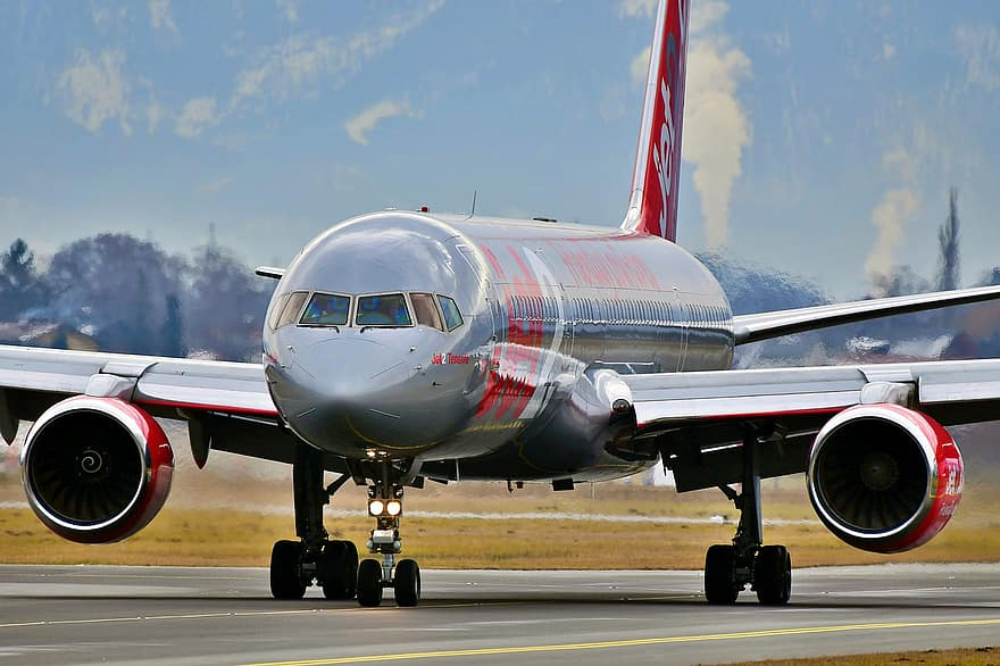We’ve all seen situations where aircraft have to dump fuel before returning to an airport. You might assume its something all aircraft types can do. But that isn’t the case. Several types of aircraft cannot dump fuel, including the Boeing 757. Why? The reason is simple.

There’s a perception that aircraft dump fuel to reduce the risk of explosion when landing. That’s not the case.
Different rules for different aircraft types
It’s all about aircraft types. Different aircraft types have different maximum allowable landing weights. For some aircraft types, that maximum allowable landing weight is substantially less than the aircraft’s take-off weight. The Boeing 747, 777, and Airbus A380s are examples. These three aircraft types do have fuel dumping capabilities.
These are big heavy planes. Fuel adds even more weight. A Boeing 747 burns about 10 tonnes of fuel an hour. Over a 12 to 14 hour flight, that’s well over 100 tonnes of weight. If the plane needs to return to its origin airport unexpectedly, that weight can put a lot of stress on a plane when it lands. It also means these big planes will need a lot of extra runway to come to a stop on.
These design and operational limitations mean some aircraft have a maximum allowable landing weight substantially below their maximum allowable take-off weights. So, if a 747 needs to return unexpectedly, it usually needs to dump fuel to meet the landing weight requirements.

The Boeing 757 isn’t the only aircraft without fuel dumping capabilities
But the Boeing 757 is different. Its maximum allowable take-off weight is similar to its maximum allowable landing weight. The 757 isn’t alone. Have you ever heard of a Boeing 717, 737, or an Airbus A300, A310, or A320 having to dump fuel before returning to an airport?
There is a little blurring around the edges here. Any aircraft that needs to return is going to take a certain amount of time to turn around and line up for an approach. Fuel will get burnt off. Federal Aviation Regulations (FARs) are rules prescribed by the United States’ Federal Aviation Administration. To avoid installing a fuel dumping capability, FAR25 states that an aircraft type must be capable of returning to an airport within 15 minutes of takeoff.

A smaller aircraft equals less stress on the airframe when landing
You also need to note that the Boeing 757 is a substantially smaller plane than the 777, 747, and A380. Packed tight, a 757-300 could carry up to approximately 290 passengers and has a maximum allowable take-off weight of 124 tonnes.
In contrast, the Boeing 747-400 can carry up to 416 passengers and has a maximum allowable take-off weight of nearly 397 tonnes. The A380 is even larger.
It’s the weight that matters when it comes to landing. A fully laden 757 weighs a lot less than a fully loaded 747. It means the 757 can pull up faster. It means there will be less stress on the airframe and landing gear. These are the reasons why some aircraft have fuel dumping capabilities, and some do not.
As the trend towards smaller aircraft continues, fuel dumping will become less and less frequent. From an economic and environmental perspective, that can only be a good thing.
[ad_2]
Source link


